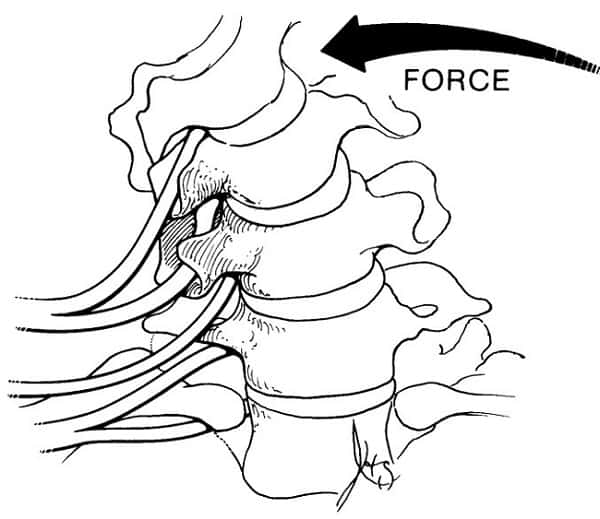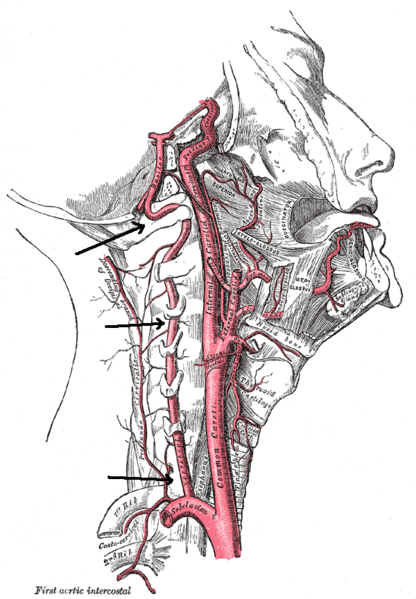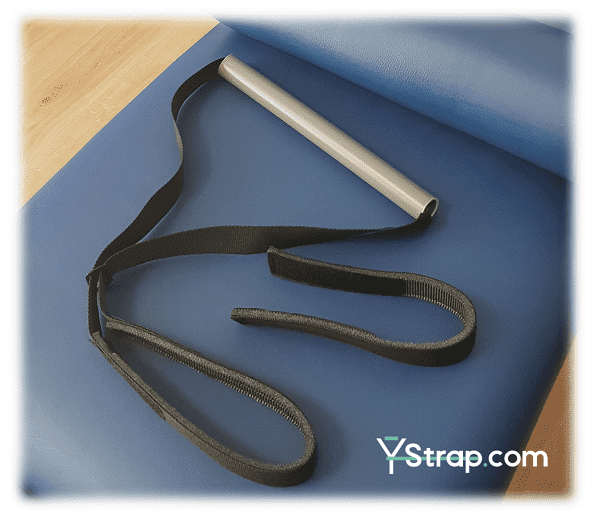1. Introduction: Is the Y-Strap safe?
Spine traction has been a well known and effective therapy in the health and wellness profession for hundreds of years. It has been proven to have a positive effect from a physiological, anatomical and neurological perspective.
The purpose of the spine stretching and traction is to relax the muscles in the back, to anatomically align the spine and to open the intervertebral foramina (IVF).
Spine adjustment through manipulation of the spine’s y-axis has gained more and more popularity among chiropractors as well as osteopathists and physiotherapists worldwide. Social media platforms, such as YouTube and Facebook, have especially helped to spread the word about this spine manipulation technique, but can this Y-Axis spine adjustment method be trusted? Is the Y-Strap safe?
2. Twist manipulation techniques
What makes the Y-Axis spine manipulation different to many other spine manipulations done by chiropractors and physiotherapists, is the fact that it is performed without any torque.
A torque is the twisting motion that together with a specific force is applied in manipulation techniques, to mobilize vertebrae of the spine.
These torsion techniques rely on rotation of specific parts of the spine (including the neck), usually in a flexed or lateralized position, to create pressure relief on one side of the spine.
These manipulations have the risk of compromising the vertebral artery.

3. The vertebral artery

Häggström, Mikael (2014). “Medical gallery of Mikael Häggström 2014“. WikiJournal of Medicine 1 (2). DOI:10.15347/wjm/2014.008. ISSN 2002-4436. Public Domain.
To answer the question Are Y-Axis manipulations Safe? We first need to describe the role of the Vertebral Artery. The vertebral artery is an artery that feeds the brain, the brainstem, cerebellum and spinal chord with blood and nutrients from the beating heart.
It starts at the Subclavian artery, with freshly pumped blood from the heart and goes along the vertebrae and through the skull to reach the basilar artery to feed the brain.
Before reaching the skull, this vessel, when it reaches the atlas, also known as C1, the first vertebrae of the neck, it has a curve that makes it flexible to absorb neck rotation.
A properly performed Y-Axis adjustment on the other hand, is only applying force on the spine along the vertical y-axis, it does not include any rotatory movement. This is one of the aspects that makes the Y-Axis adjustment adjustment safer.
To know more about the vertebral artery check this video: https://www.youtube.com/watch?v=Reo3cVeaKAA
Some studies show the potential risk of neck manipulation (https://www.ncbi.nlm.nih.gov/pmc/articles/PMC2564146/)
As stated at in this publication: “Vertebral artery dissection (VAD) associated with chiropractic cervical manipulation is a rare but potentially disabling condition.”
The risk of damaging the vertebral artery comes from calcifications or sclerotization (hardening) of the vertebral artery’s surface, along with its attachment to the skull.
4. What makes the Y-Axis manipulations safer
From a vascular perspective, the Y-Axis manipulation is safer as the vessels are not flexed or rotated.
Also, the ligaments of the spine protect from over-elongation, so the bone, muscle and ligament damage are also limited.
Only if executed poorly (not pulling straight, unaligned position to the patient), is there a chance of torque to appear within the movement and the procedure running the risk of becoming unsafe from a vascular perspective.
Too much or too little pull: How to manipulate the spine correctly with the Y-Axis manipulation.
The images and videos shared online range widely in the depiction of how much pulling is needed to deliver satisfactory results to the patient. Nearly invisible or inaudible manipulations happen when Y-Axis traction is applied.
The truth is that the question of how much pulling is required can only be answered on an individual level, never in general: Depending on the patient’s statute, weight, physical condition and spine conditions at hand, it is up to the chiropractor or physiotherapist to decide how much force to use when performing the y-axis adjustment. For this reason, it is once again crucial that the Y-Axis manipulation is only executed by certified and trained personnel that are experienced in assessing and treating each patient individually.

5. Conclusion
The Y-Strap is used to stretch the spine, some chiropractors or physiotherapists use the Y-Strap to execute a Y-Axis adjustment. Other manual techniques as the use of Towels or other straps are also used for this procedure.
Y-Axis decompression appears to imply less vascular risks than other torsion manipulation techniques.
If you’re willing to buy a Y-Strap feel free to visit our shop.
